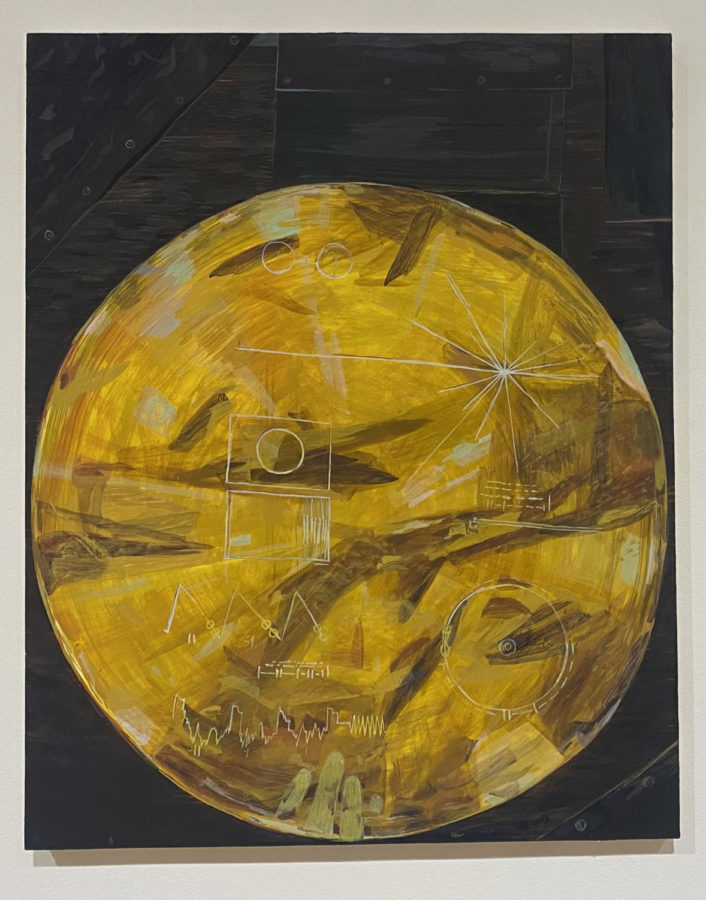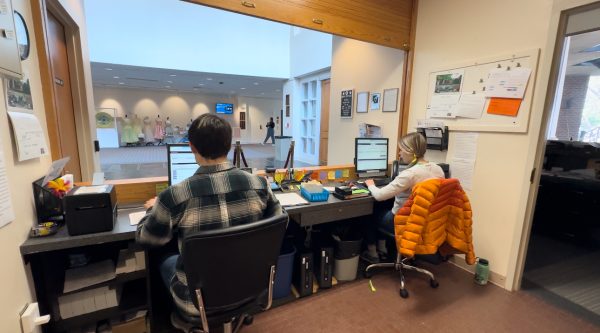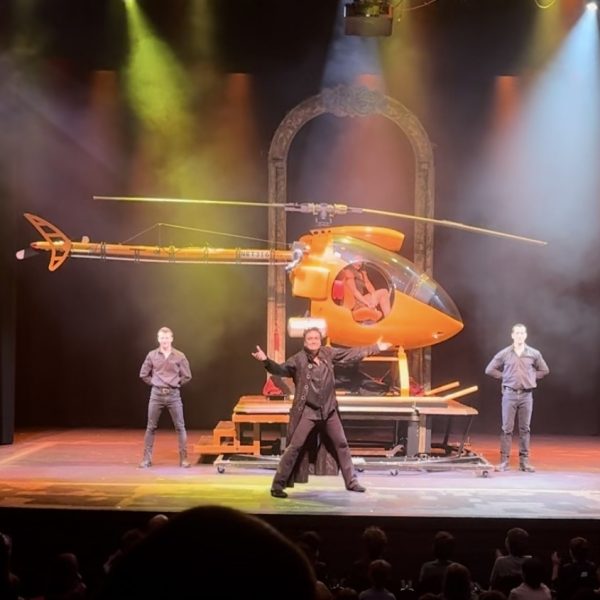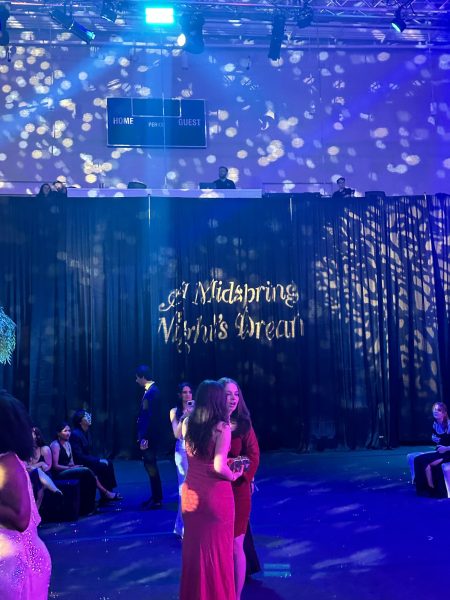Amanda Lechner explores social and scientific connection in ‘Terra Ignota: Land Unknown’
Lechner’s paintings explore subjects “beyond the range of human understanding”
Lechner’s “The Way We Were” represents conceptions of Earth’s culture. Photo by Catherine McKean, ’24
December 14, 2022
The phrase terra ignota, or “land unknown” in Latin, has historically been used by mapmakers to denote unexplored territory.
But for artist Amanda Lechner, featured in Washington and Lee’s Staniar Gallery last month, the term describes subjects “beyond the range of human understanding,” like the immensity of outer space.
Art featured in Lechner’s display, titled “Terra Ignota: Land Unknown,” explored human interaction with scientific history, ideas and discovery.
“This exhibit is my meditation on imagined scientific ideas and how they relate to our imagination of historical narrative,” Lechner said in a lecture to the university on Nov. 15.
Although she is not a scientist, Lechner said she often finds herself reading about quantum physics and biological imaging in order to bring a “civilian” perspective to the “incomprehensible” themes.
One of Lechner’s favorite pieces in the exhibit is titled “The Way We Were (2017),” designed to represent the Voyager Golden Records. These phonograph records were stowed aboard the Voyager spacecraft at its launching in 1977. They contain sounds and images chosen to reflect the many cultures of Earth, and are intended to be found by extraterrestrial life forms.
“It’s a narrative artwork,” Lechner said. “It tells a story of people’s imagination of mankind.”
Over the last couple of years, Lechner’s painting technique has centered around fresco, which is a method of applying pigment to fresh plaster. Frescoes are usually installed on walls to be durable and more permanent.
Lechner first learned fresco style at the Skowhegan School of Painting and Sculpture in Maine, after earning degrees in fine arts from the Kansas City Art Institute and the Rhode Island School of Design.
During the COVID-19 pandemic, Lechner built her own fresco studio in the driveway of her New Mexico home so that she could continue to explore the medium in her own time. Now, frescoes are her main medium.
“One of the reasons they’re incredible is because of their often massive size,” Lechner said. “There’s a real power in being completely enveloped in an image and not being able to see anything else.”
Lechner has also recently adopted the use of egg tempera, a painting technique that originated in ancient Egypt and combines pigment with egg yolks to create a permanent and fast-drying paint. Because of the speed in which they dry, egg tempera paints are made the day they are used and a painting must be completed within a few hours.
“I appreciate the juxtaposition between the ancientness of the egg tempera painting with the immediacy of drawing,” Lechner said.
She enjoys making and trading materials and mediums with other artists.
“Connection with other artists, other imaginations, has become increasingly important to me throughout my career,” Lechner said. “These experiences of communal human effort come into my work in a lot of ways.”
During the pandemic, Lechner transformed part of her home into a collaborative studio. She said the New Mexico heat helped visiting artists, making their works dry faster.
Lechner has called New Mexico home since she was a child. Born and raised in Santa Fe, she spent most of her early years in her grandmother’s backyard.
It was her grandmother’s tendency to collect trinkets that inspired Lechner to “collect” her own trinkets, first rocks and insects, and later scientific history through her artwork.
“Art is something I can still share with my grandmother,” she said. “My imagination, my love of science, come from he













